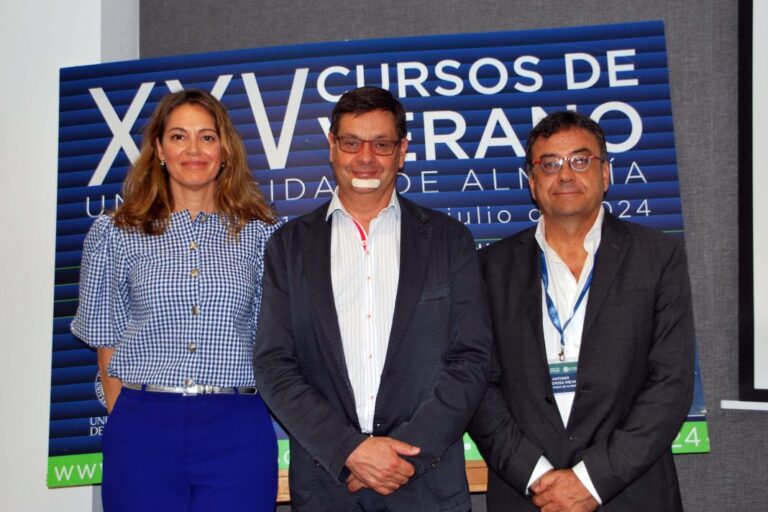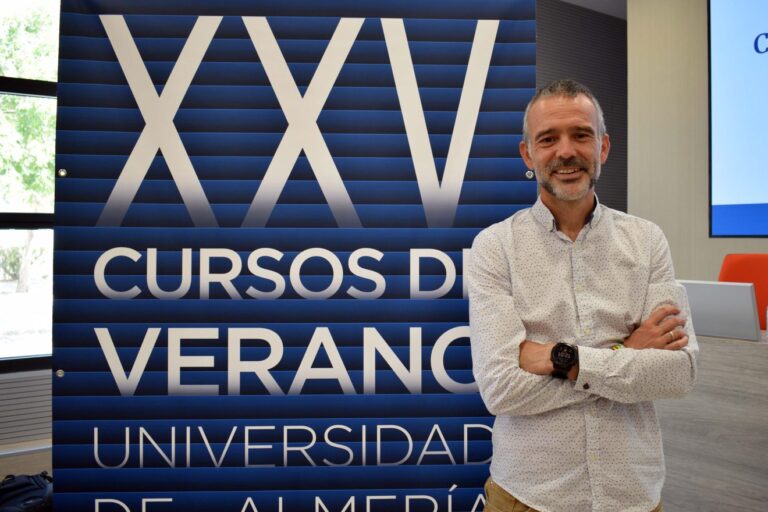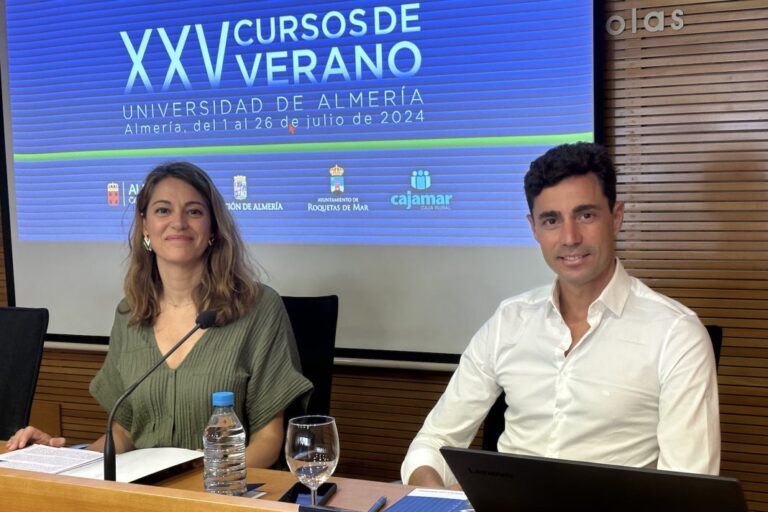Outcome of the 10th Summer School on “Dynamic methods for whole building energy assessment” organised by the INIVE-DYNASTEE and PSA-CIEMAT in collaboration with Solar Energy Research Centre, CIESOL, (www.ciesol.com), Joint Centre between the University of Almería and “Plataforma Solar de Almería” – CIEMAT in Almería, Spain. Most of the participants were PhD students with building physics and engineering background. Six lecturers addressed in 14 presentations, different topics on building physics, mathematics and statistics, application of modelling techniques and the use of two tools, e.g. LORD and CTSM in the R software environment.
The aim of the DYNASTEE Summer School is to train a dynamic methodology to assess thermal characteristics of building components and assess whole building energy performance, like the heat transfer coefficient (HTC), while supporting the Energy Performance of Buildings Directive.
Develop the necessary knowledge and tools to achieve reliable in-situ dynamic testing and data analysis methods that can be used to characterize and label the effective energy performance of building components and whole buildings. Approach by dealing with building physics as well as applied mathematics and statistics. The applied procedures should focus both on the test environment and experimental setup as well as on the data analysis and performance prediction.
The assessment of building energy performance is concerned with dynamic physical processes derived from building construction characteristics in a variable environment. To describe such a complex system, e.g. physical processes, by a mathematical model leads in general to uncertain results coming from both input data, measurements of the physical system as well as from the mathematical model for which the analyst is responsible.
The mathematical model that describes the physical processes, predicts the output of the real physical system and hence the uncertainty. Uncertainty in the predicted thermal parameters arises therefore from sensors measurements, not measured but modelled phenomena and variability due to weather/climate conditions and indoor user behaviour. Dynamic models can deal with the complexity and could analyse the physical processes by identifying the parameters of interest and could be used for simulation also.
In building performance assessment modelling, system identification is mostly done using the following methods: Static or steady state, Output Error, Auto Regressive model or Auto Regressive with Moving Average model both with external input. DYNASTEE presented during the interactive Summer School the here mentioned methods using high quality data series.
Feedback from two participants:
“The summer school DYNASTEE was an excellent opportunity for me to learn more about building energy performance assessment. I particularly appreciated the method of combining lectures with practical exercises, which provided a balanced approach between theory and practice. I deepened my knowledge of data analysis through the in-situ data shared during the courses, as well as the comprehensive set of articles and documentation. Additionally, I gained valuable insights into using statistical methods to evaluate the Heat Transfer Coefficient (HTC) from real experimental data. The introduction to continuous time analysis techniques with CTSM-R further enhanced my understanding of complex building processes. I also appreciated the organization by Maria and Hans, with breaks that facilitated knowledge exchange between participants and instructors. This allowed us to engage with researchers from various institutions. The inclusion of social activities, such as the guided tour of Almería, enriched the experience, providing historical insights about the city, while the dinner offered an enjoyable opportunity to explore the local cuisine. I also keep in mind Hans’ key advice: knowing the objective of our study is crucial, as it helps us to find our own method to solve the problem.”
Loubna Ait Lahsen is a PhD student at ENTP in Lyon, France.
“The DYNASTEE school was a good training choice at the right time for me. As a PhD student who works on heat transfer through adaptive façade building, it was necessary to understand first how static façade models work, and here comes the role of RC modelling using LORD. Considering that I will use an outdoor test experiment, the presentations that showed the experiment of the Round Robin box and the recommendations regarding measurement method were really helpful for me since I was in the early stages of developing protocols for similar experiment box. Overall, I found the training engaging and interactive, making it an outstanding and valuable learning experience!”
Asmae Moutaoikil, is a PhD student at The Institute of Mechanics and Engineering(I2M) at the
Bordeaux University.
















